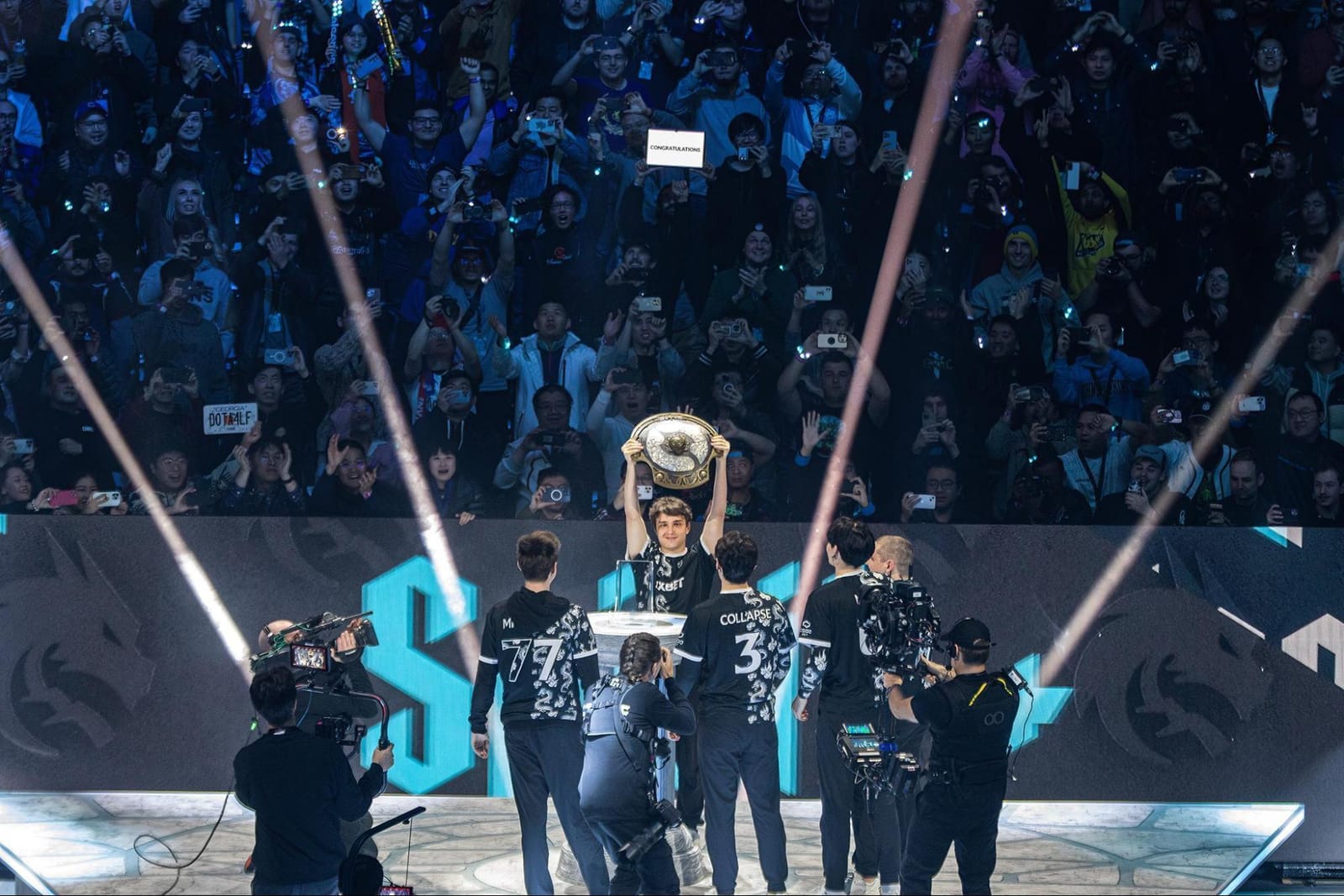

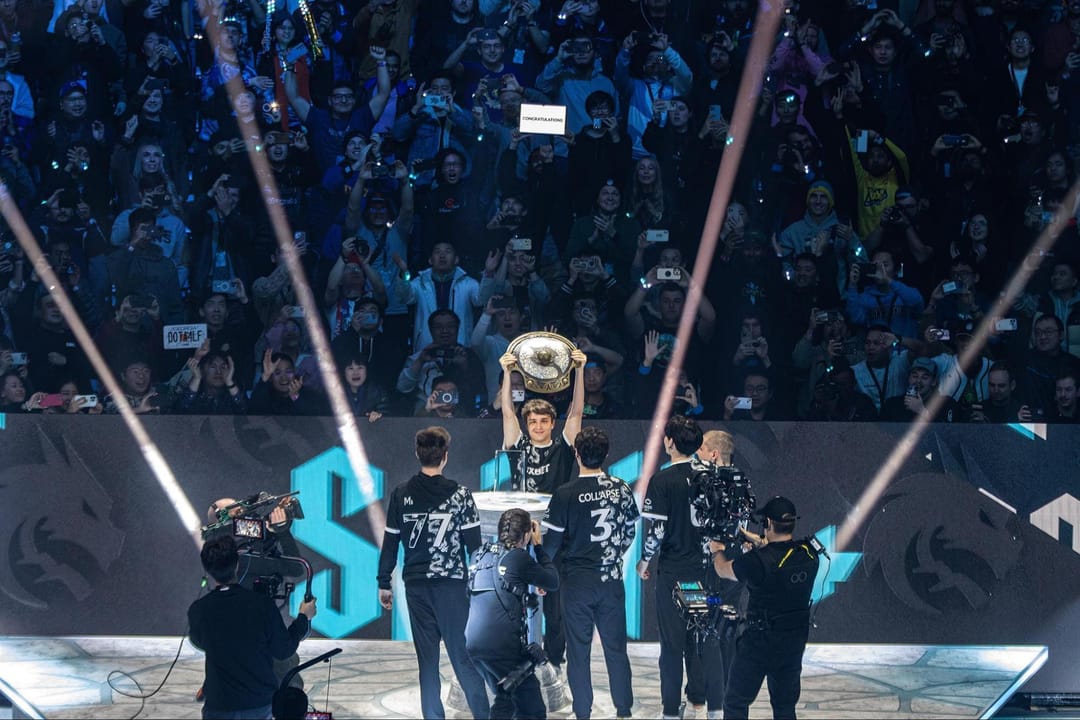
The lights flash, the crowd erupts, and a shower of confetti rains down on five players hoisting a trophy worth millions. This is the image of victory in a professional Dota 2 tournament. However, when the cameras turn off and the arena empties, a different game begins.
That game is building a sustainable esports dynasty, and the most successful Dota 2 teams do it well. Operating as sophisticated businesses with diverse, cleverly managed revenue streams, these teams often act as part sports franchise, part media house, and part lifestyle brand.
But, how do they turn on-screen glory into real-world financial success? Let’s pull back the curtain on the economy of elite Dota 2 teams.
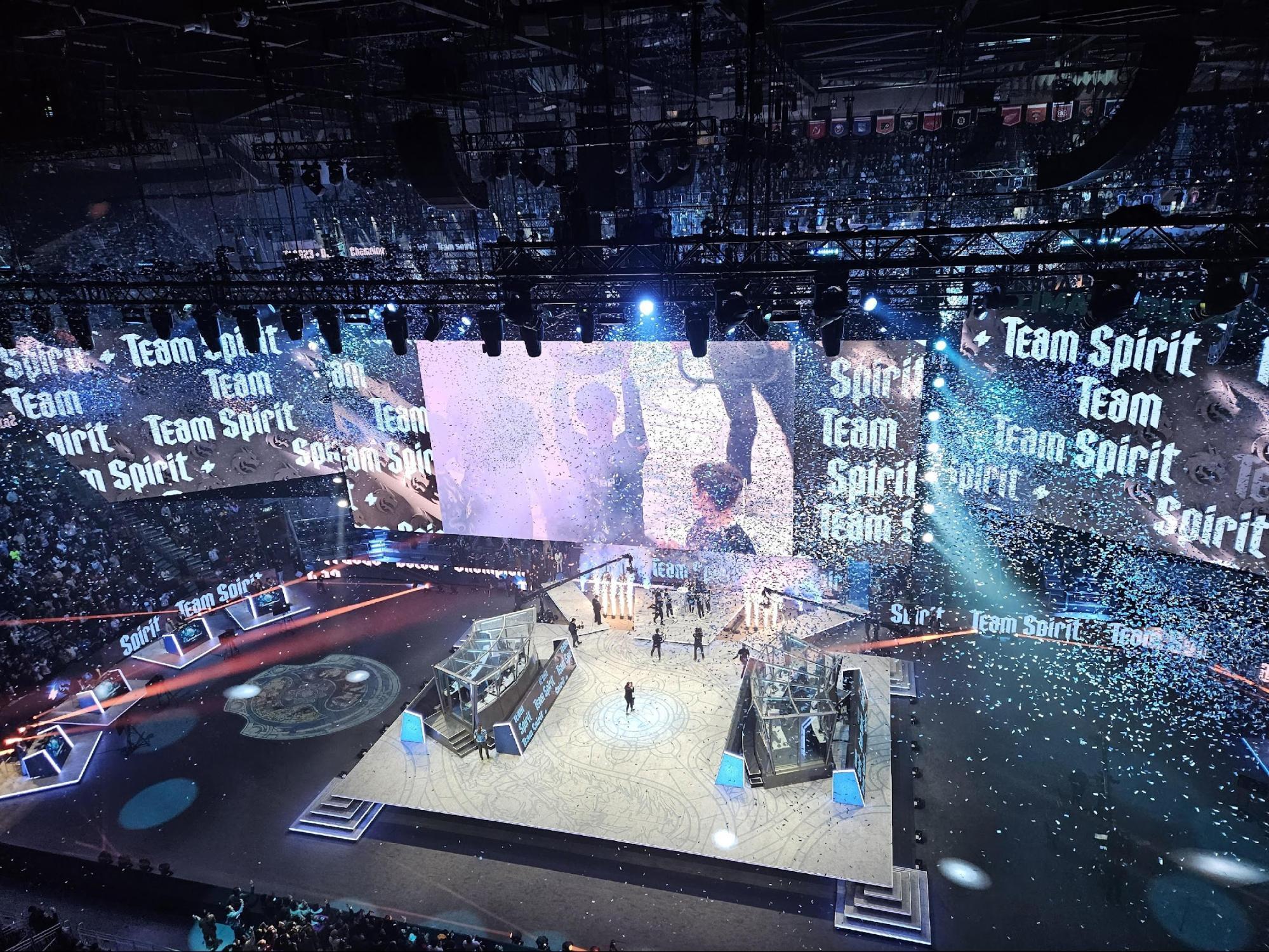
Let’s start with the obvious: the prize money.
Dota 2 tournaments are famous for their jaw-dropping prize pools. Take The International 10, for example. It set a record with a staggering $40 million purse, where the champions, Team Spirit, walked away with over $18 million.
Events like the Riyadh Masters also brought in enormous figures, making top-tier tournament circuits incredibly lucrative.
For teams like Team Liquid, Gaimin Gladiators, and Team Falcons, who regularly pull in over $2 million in a single year from placements alone, these winnings form a massive chunk of their income.
Organizations typically take a cut of these earnings, usually between 10% and 20%, which is used directly to fund operations, including player salaries, coaching, boot camps, travel, and support staff.
However, the most innovative organizations view prize money not just as direct profit, but as a powerful marketing tool, since a massive win doesn’t just fill the bank, it makes the brand shine.
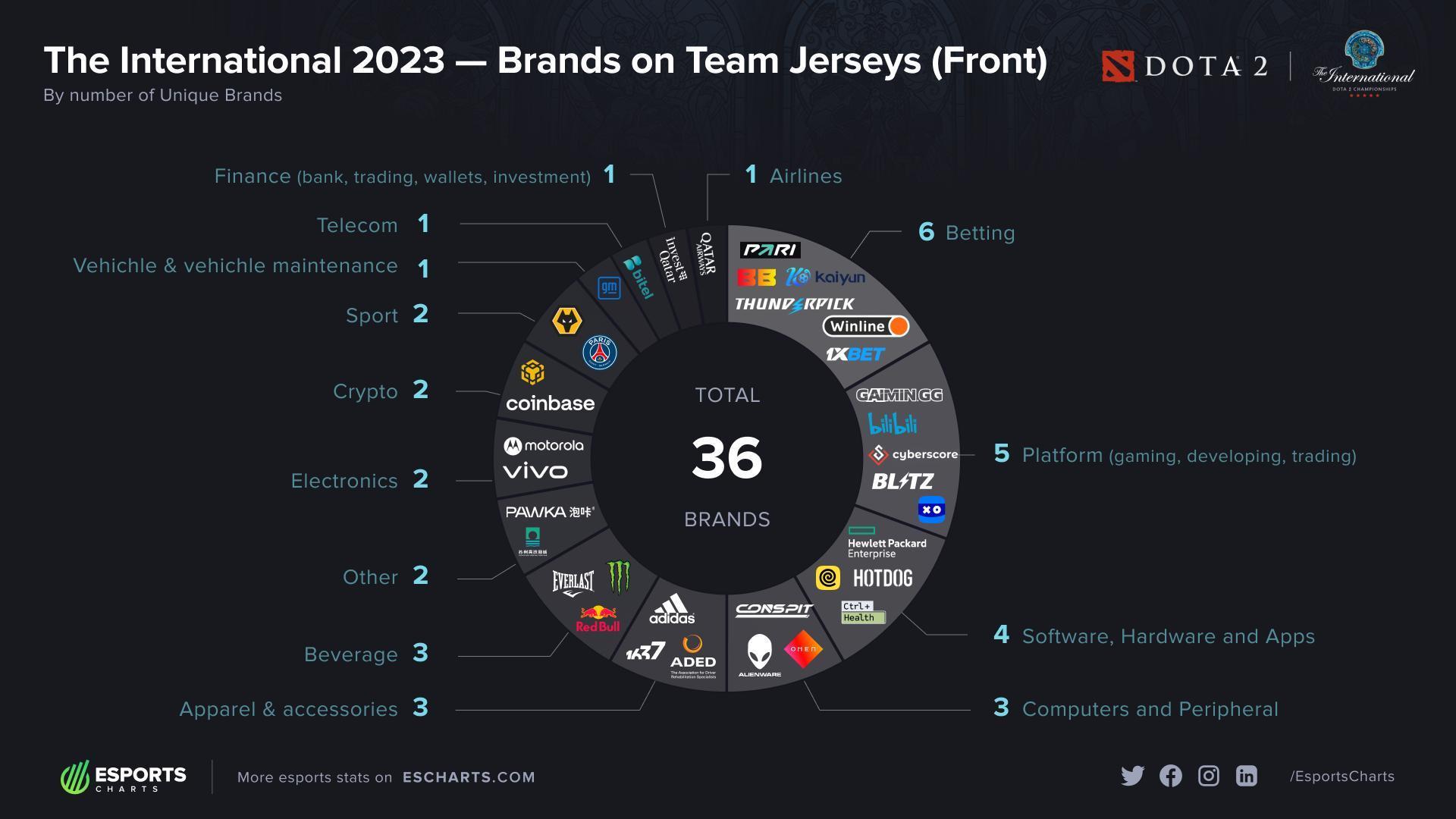
This brings us to the financial bedrock of almost every top-tier team: sponsorships. While prize money is volatile, brand partnerships offer stability and consistent cash flow, often accounting for 30-40% of a team’s total income.
Just walk into any major tournament, and you’ll see a sea of logos neatly placed on team jerseys; however, make no mistake, these aren’t just for show. Brands like Red Bull, Alienware, Monster Energy, and Logitech pour immense resources into these teams for a simple reason: association with excellence.
These deals go far beyond a simple logo placement; in fact, partnerships can include:
Branded Content: Think behind-the-scenes documentaries, player interviews, and social media campaigns.
Product Collaboration: Co-branded peripherals, from mousepads to gaming chairs, that turn fans into customers.
Exclusive Appearances: Players acting as brand ambassadors at major tech expos and product launches.
A team’s competitive success directly influences the value of these deals. For example, a reigning world champion brings in a significantly higher price than a mid-tier team, creating a powerful cycle where winning attracts better sponsors.
Brands like Red Bull, Monster Energy, and Thunderpick, which have recently become the official sponsors of Heroic’s Dota 2 roster, showcase how diverse companies invest heavily in Dota 2 esports to share the visibility and prestige associated with it.
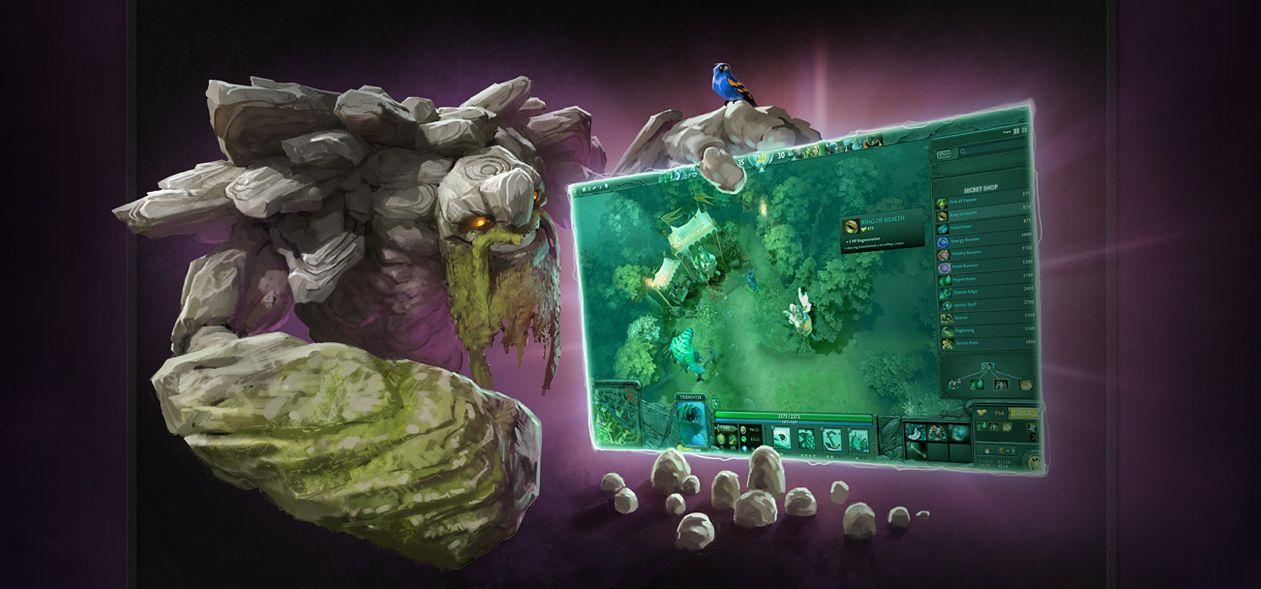
Beyond the arena, the battle for revenue moves online. Modern Dota 2 organizations are content powerhouses, expertly converting fan attention into multiple streams of income.
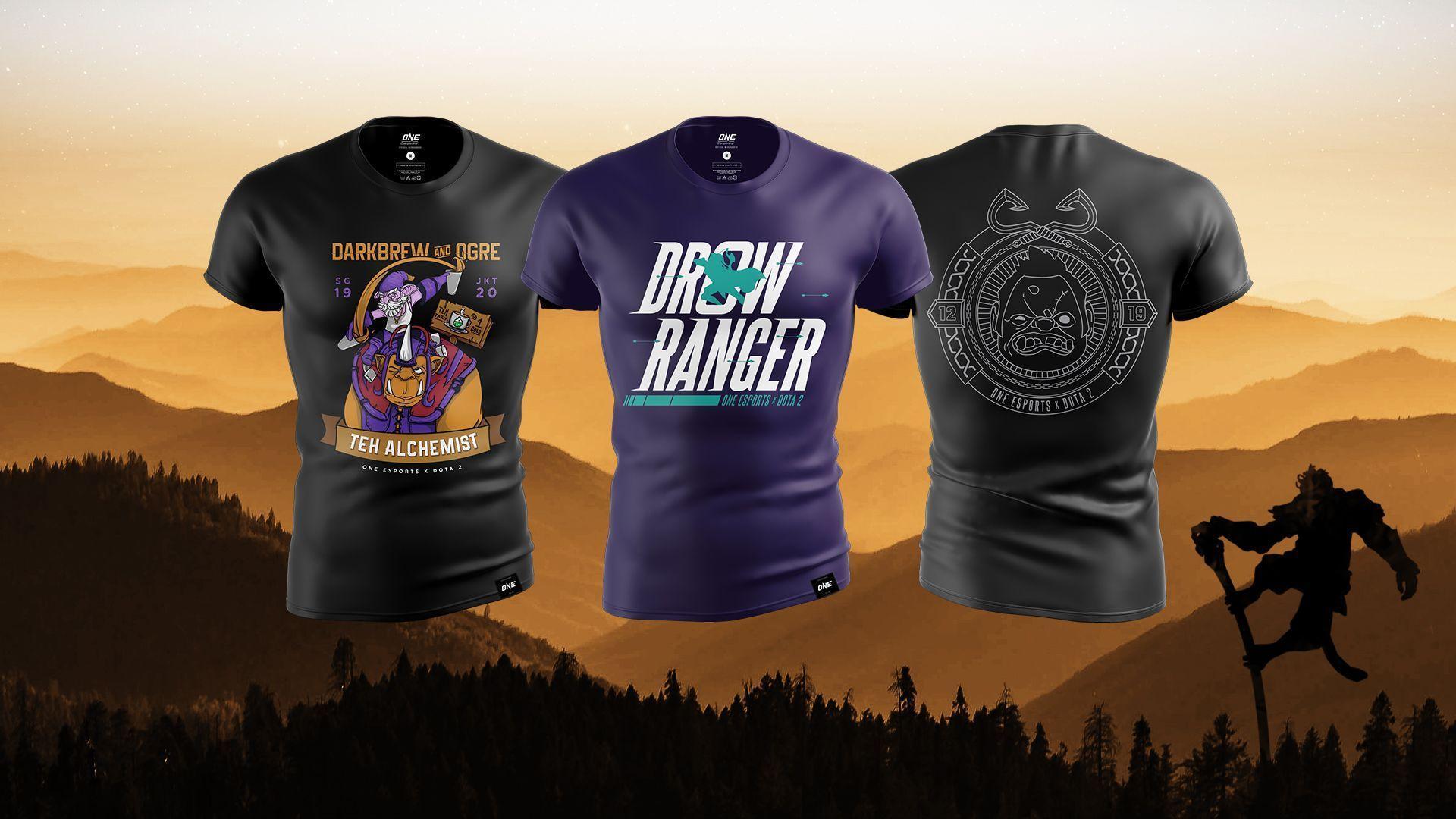
That team jersey you bought to support your favorite squad? It’s a small but significant part of the financial puzzle, accounting for around 3-5% of total revenue.
For powerhouse brands like Team Secret or Natus Vincere, their online stores are bustling hubs for everything from official apparel to limited-edition collectibles.
By selling directly to their global fan base, teams build a direct connection with their community while generating a steady stream of income, independent of their latest match result.
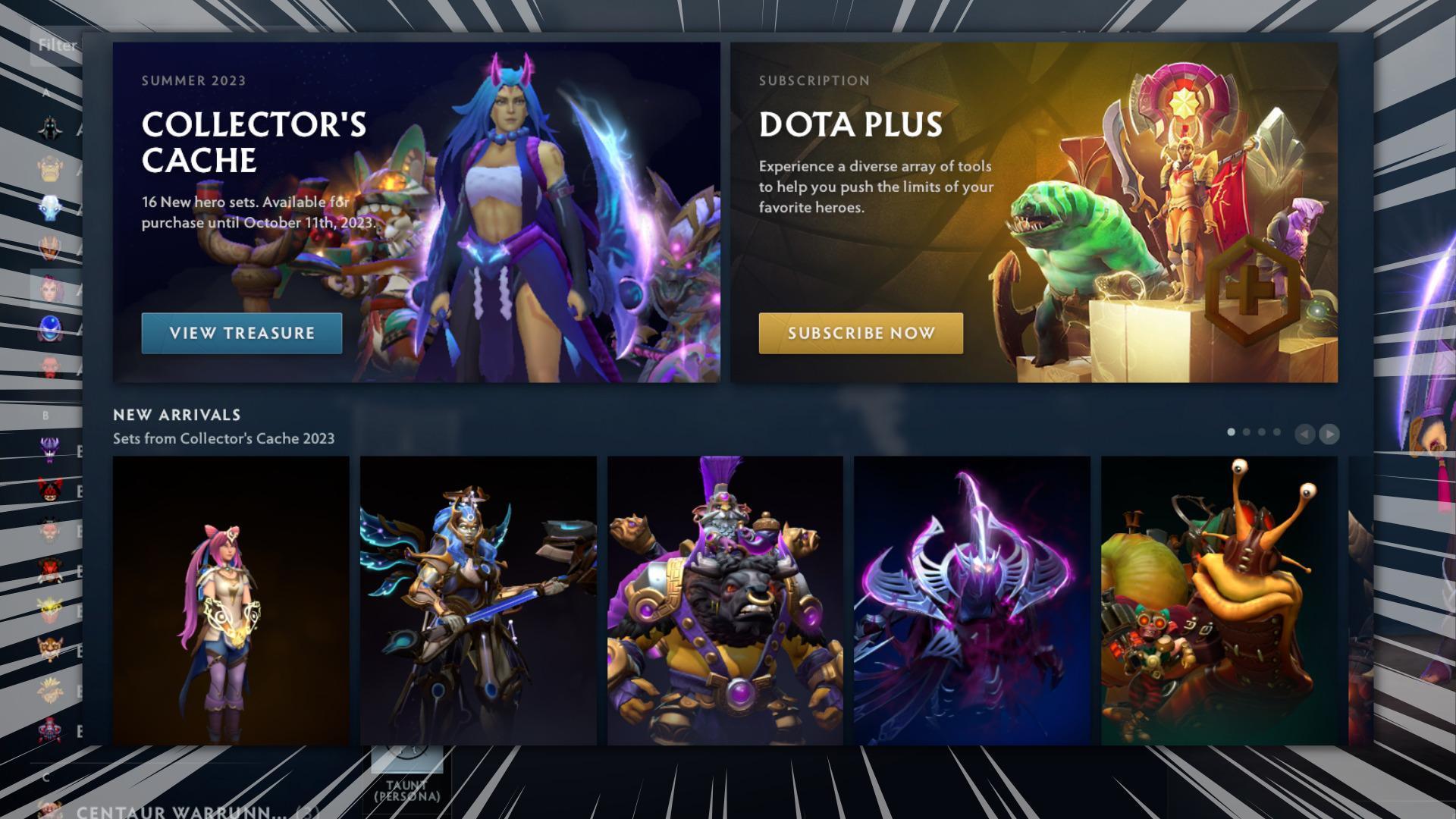
One of the most unique aspects of Dota 2’s ecosystem is the direct financial support from the game’s developer, Valve. Through the sale of in-game items, fans can directly contribute to the teams they love.
When you purchase a team-branded sticker, voice line, or banner from the Supporters Club, a portion of that sale goes straight to the organization. This model, which can contribute 5-10% of a team’s earnings, cleverly serves the interests of the developer, the teams, and the fans, creating a self-sustaining financial loop within the game itself.
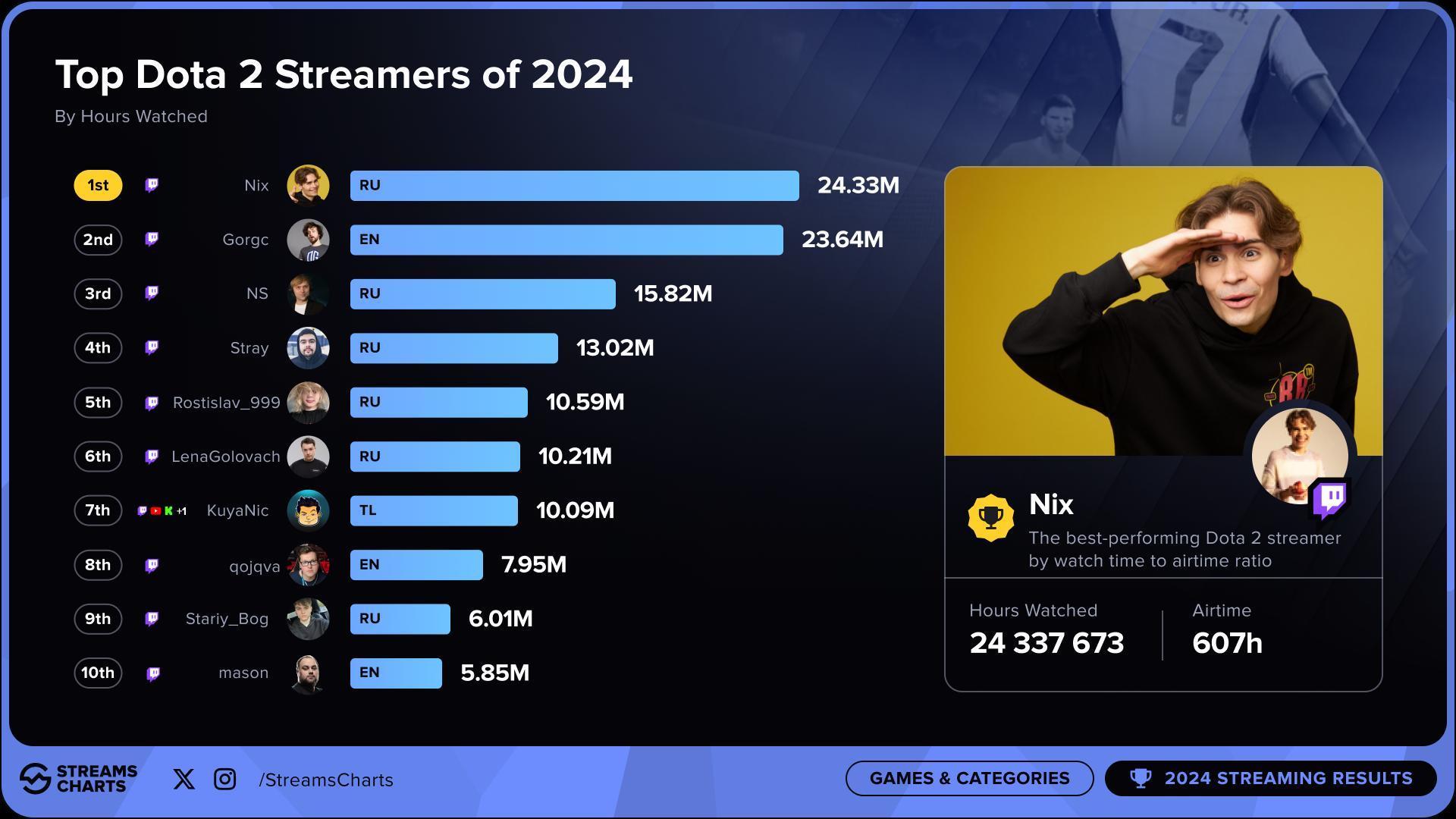
In today’s esports world, players are more than just competitors; they are entertainers and influencers, and some teams leverage this by building robust content operations.
For example, star players streaming on Twitch can draw in thousands of viewers, generating revenue from subscriptions, donations, and ad breaks.
Beyond individual streams, team-owned YouTube channels consistently produce a steady stream of vlogs, match highlights, strategic guides, and behind-the-scenes footage. This not only keeps fans engaged between tournaments but also creates another valuable platform for sponsor activations and ad revenue.
For some teams, especially those with magnetic personalities like OG’s legendary former captain, Johan “N0tail” Sundstein, content can become a surprisingly potent source of income.
To put it all together, here’s what the typical financial structure of a top-tier Dota 2 organization looks like.
| Revenue Source | Description | Typical % Share of Total Income |
|---|---|---|
| Prize Money | Winnings from major tournaments like The International and Riyadh Masters. | 40–50% |
| Sponsorships | Partnerships with global brands for jersey placement, content, and endorsements. | 30–40% |
| Valve Revenue | A share of sales from in-game items like Supporters Club bundles. | 5–10% |
| Merchandise | Sales of team jerseys, apparel, and other branded products. | 3–5% |
| Content & Streaming | Revenue from Twitch streams, YouTube videos, and other media platforms. | 2–5% |
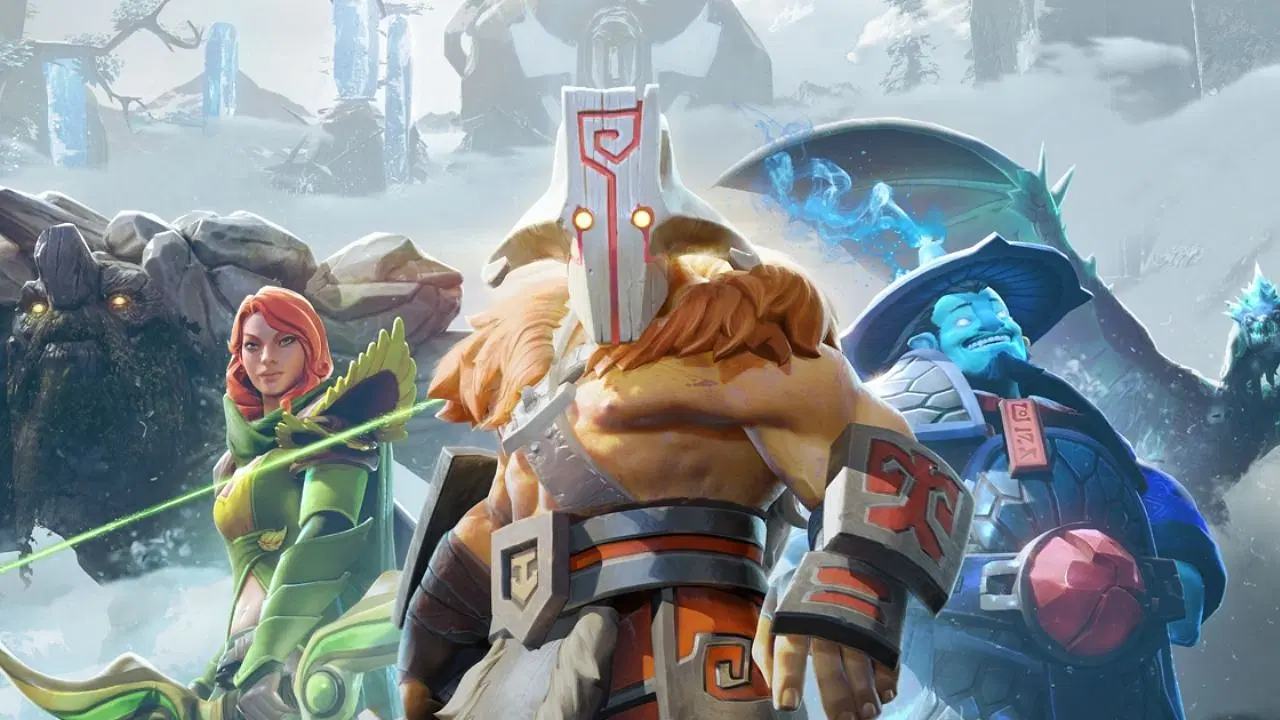
Dota 2 is constantly changing, and its financial models are no different. The colossal prize pools of past Internationals have stabilized at lower, yet still substantial, levels, prompting teams to become even more entrepreneurial. This shift has reduced their reliance on tournament winnings and instead focused on strengthening their other revenue streams.